Showing all 7 resultsSorted by popularity
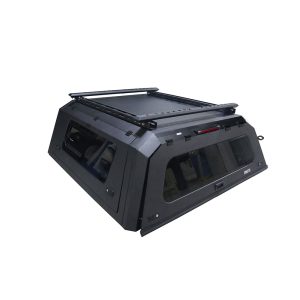
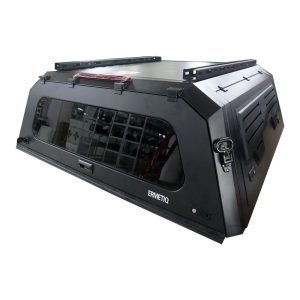
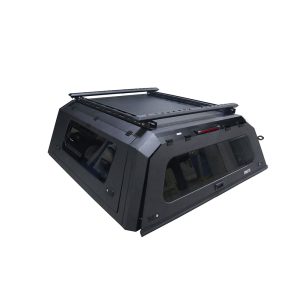

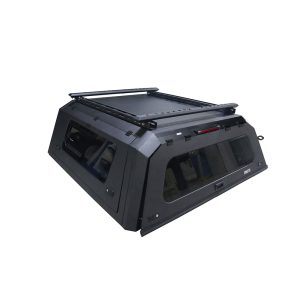
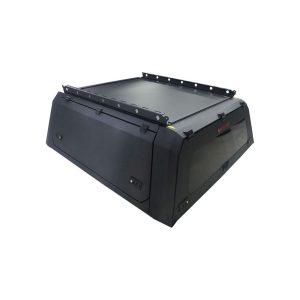
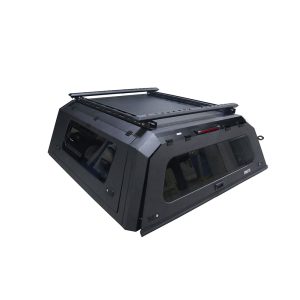
Do you need more covered storage or better weather protection for your vehicle’s bed? Install a canopy now at KGCAR.PH, the Philippines Online Auto Parts Store. A canopy—also known as a truck canopy, camper shell, or truck topper—is an enclosed cover fitted over the bed of a pickup truck or utility vehicle. It shields cargo from rain, sun, and theft while adding secure, lockable space for tools, camping gear, or work equipment. Canopies come in various heights, materials, and styles, including commercial-grade, sport-style, or custom-painted versions. Over time, hinges, seals, or locks can wear out, and the canopy’s structure or finish can suffer from dents, cracks, or UV damage.
Unlike mechanical parts, canopies don’t have a set replacement schedule. Replacement or repair usually depends on wear, damage, or changing needs. Common reasons for replacement include:
Routine checks for leaks, latch function, and seal condition help extend a canopy’s lifespan.
Canopies are vehicle-specific and must match the bed size, shape, and mounting points. Choosing the right canopy depends on how you use your truck:
| Vehicle Use | Recommended Canopy Type |
| Everyday storage | Standard-height fiberglass or ABS canopy |
| Work or trade use | Commercial aluminum canopy with toolboxes or racks |
| Camping or overlanding | High-rise canopy with side-access windows |
| Recreation or sports | Sport-style color-matched canopy with roof rails |
| Budget-friendly | Second-hand or unpainted generic topper |
Always check that the canopy seals properly along the bed rails, aligns with the cab profile, and includes compatible mounting hardware.
A damaged or poorly fitting canopy can allow water intrusion or compromise security. Look for these signs:
A neglected canopy can damage cargo, lead to mold inside the bed, or become unsafe to use on the road.
Canopies come in different materials and configurations to suit various tasks:
Material: Molded fiberglass shell, often paint-matched
Pros: Sleek look, durable, good insulation
Cons: Heavier, higher cost
Material: Lightweight molded ABS plastic
Pros: Light, affordable, easy to install
Cons: Less durable against heavy impacts
Material: Sheet or diamond-plate aluminum
Pros: Rugged for work use, easy to repair dents
Cons: Industrial appearance, may require reinforcement for heavy loads
Material: Fabric cover over an aluminum frame
Pros: Flexible, easy to remove or fold
Cons: Limited security, less weatherproof
Fitment is crucial to ensure weather sealing, proper aerodynamics, and safe use. Always match:
Using an ill-fitting canopy can cause leaks, rattling, or even come loose while driving.
Since 2012, KG Car PH has been the go-to for affordable car parts in the Philippines. We make it easy to find the right fit and offer same-day delivery nationwide—so you get quality parts fast, without spending more.
SOCIAL MEDIA
TOP CATEGORIES
QUICK LINKS
HELP
support@kgcar.ph
© 2025 KGCAR.PH